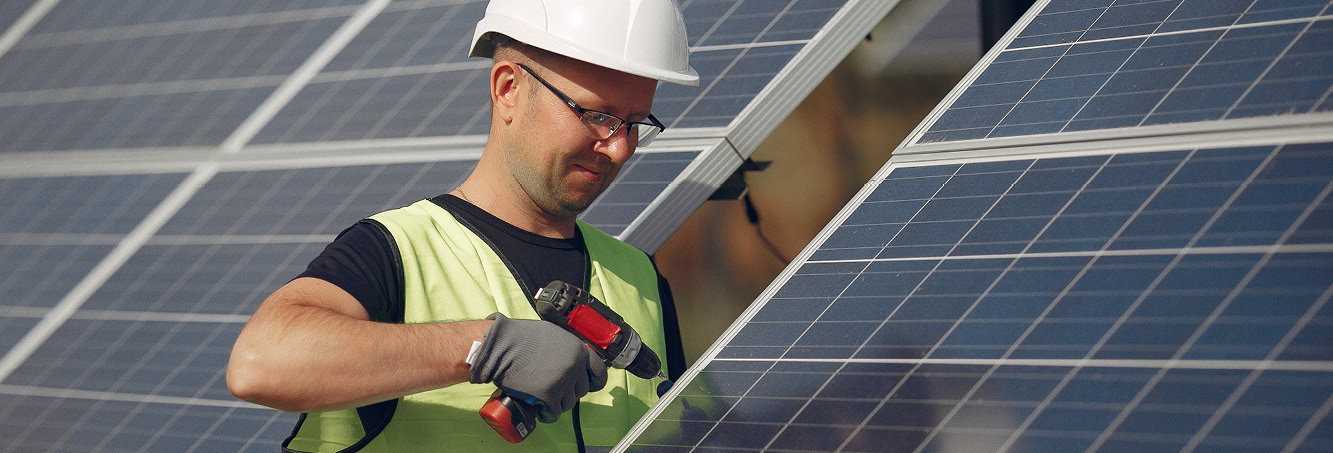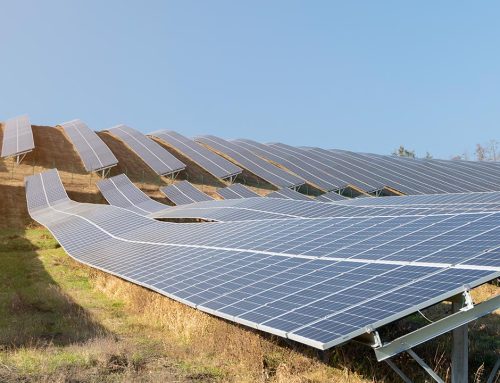In the last two years the increase in connection requests for renewable plants has been exponential, practices with active high-voltage connection process as of December 31, 2022 have more than doubled the values recorded at the end of 2020, and a significant increase in the trend of installations can be expected in the coming years with a trend that can replicate that which occurred between the years 2008-2011.
The new growth taking place on the Fer front comes from Terna and in particular from the document “Renewables evolution and connection interventions” attached to the new development plan freshly presented. While connection requests are a clear sign of the sector’s vibrancy, the report also provides an interesting quantification of how many refer to plants that have already been authorized, a much more relevant metric for understanding how much power is about to come on line.
We’re talking about 7,384 MW already authorized and awaiting connection, of which 3,928 MW relates to high voltage plants and 3,420 MW to medium and low voltage, according to data that for HV refer to Dec. 31, 2022 and for distribution networks to the end of November 2022. Going even more in detail, for high voltage there are 2,312 MW of PV and 1,430 MW of wind already authorized, while of the aforementioned 3,420 MW of connections requested from distributors for projects already authorized, 3,037 MW are PV on MV/LV grid, 171 MW wind on HV grid and 213 MW wind on MV/LV grid.
By 2030, Terna recalls, about 70 GW of new renewable capacity will need to be installed to reach at least 65 percent of Fer on gross electricity consumption. In its scenario based on the Fit for 55 package, Tso estimates that by 2030 of must reach 102 GW of solar and wind installations, with about 75 GW of PV, including 53 GW from utility scale and 21.5 GW from distributed plants. While wind power would reach 27 GW, including 18.5 GW from on-shore plants and 8.5 GW from off-shore plants.
As of December 31, 2022, in fact, Terna has received requests for connection to the National Transmission Grid for more than 311 GW of which about 74.7 GW from on-shore wind, as much as 103.7 GW from off-shore wind and 123.7 GW from photovoltaic. Limiting it to only those connection requests for which the process has started, they totaled 237,966 MW. Of these, 207,673 MW are related to HV, while on distribution networks there are initiated requests for 30,293 MW (including 27,343 MW PV and 2,950 MW wind).





